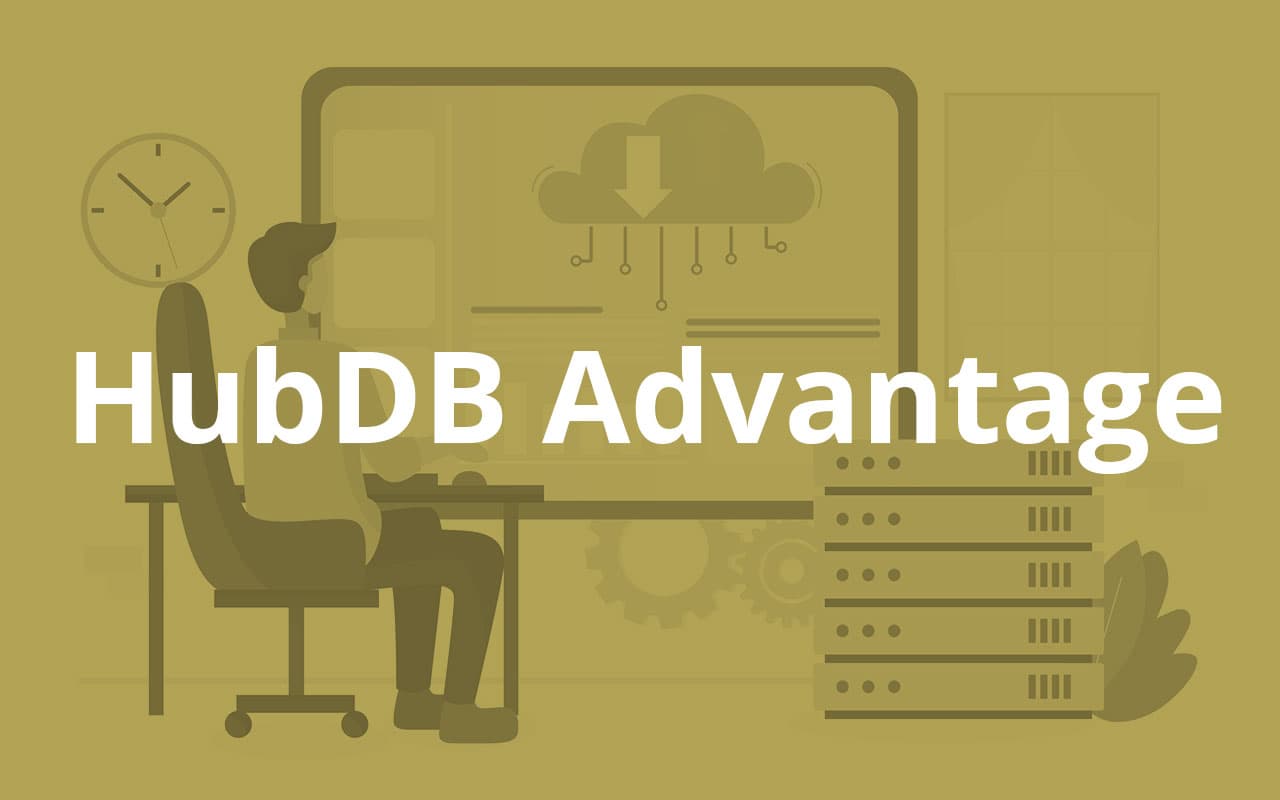
If you have a HubSpot website, then you already there’s no shortage of features on the platform to help you set it up for success. Because HubSpot offers so many tools, some of them can go unnoticed, which is a shame. One of those tools is HubDB and you should be taking advantage of it, so we will help you discover it.
Maybe you’ve heard of HubDB before or perhaps yu even started looking into it a while back and it looked too difficult to use. Whatever the case may be, you can’t keep sleeping on this tool! HubDB can provide a crazy advantage over the competition and help your website succeed. You just need to learn how to use it and today we’ll help with that.
But first, let’s go through the basics!
What Is HubDB?
HubSpot’s HubDB is a tool that makes it easy for users to create tables for data storage. It’s like the classic spreadsheet, but better. In other words, HubDB is a powerful database that allows you to store and easily update all the information you need to show on your website.
The data is stored in rows, columns, and cells that can be easily customized. Additionally, HubDB offers a variety of settings to suit your needs and the tables you create can be accessed through the HubDB API and HubSpot. It’s important to note that this is a relational database.
As such, you can define relationships between common data in each of the tables you create. That’s why it’s so easy to create and fill out new tables automatically with the data that’s already stored. HubDB also makes it easy for you to define different ways to display data on your HubSpot website.
Why You Should Use HubDB
HubDB offers many advantages, but one of the main benefits is that it simplifies your website maintenance. It saves you both time and money, which is key when you’re trying to get a new business off the ground. Once you build the initial database and embed it with your website, maintenance can be done by your marketing team.
Once the database is created, content can be managed via HubSpot. As such, making website updates and creating content will be very easy. After all, any page or module can reference information in the HubDB table, so the data isn’t limited to just being used on one page.
With HubDB, you will be able to display data in many different ways thanks to its filtering and sorting capabilities. For example, you can easily use HubDB to organize items on your product page according to name, price, or any other variable. You can even display only products belonging to a specific category, among other things.
Common and Advantageous Uses of HubDB
To help you understand how you can start taking advantage of HubDB, we will explore a few of the most common uses of this tool. This will give you a good idea of the benefits of the tool!
1) Product Pages
Whether you’re selling products or services, you need a page to display them on your website. Now, you need that age to have different sections and even descriptions of each of the products or services. Well, what happens when the product page needs to be updated?
With HubDB, you don’t have to update each page individually. You can just update the information in the relevant table and the changes will be automatically applied. This will save you a lot of time! More importantly, it will help you avoid inconsistencies that could drive potential customers away due to confusion or misunderstandings.
2) Pricing Pages
If you have simple pricing pages or you use pricing pages to list features of your products or services, you can use HubDB to size tables on mobile so the information is properly showcased to visitors.
Additionally, HubDB allows you to edit your pricing pages as you see fit. You can use it to redesign rows, add colors, add information, and more. So, every time you introduce a new product or service, you can keep the pricing page updated.
3) Team Pages
Keeping your team page updated is important. So, whenever a new member is added to the team, HubDB allows you to add their profile to the page without much trouble. Without HubDB, you would have to use the page editor to add each team member’s snippet and create individual profile pages.
However, the more team members, the more time it will take. With HubDB, you could create a database in a few minutes so it can generate all the profile pages you need. Each time a new team member is added, you can use HubDB to update the team page in no time at all.
4) Testimonial Pages
If you want to show off satisfied customers on your website, HubDB can help you build a testimonial rotator. With this tool, you will be able to include text, photos, videos, and more to make the testimonials that much more compelling. HubDB even allows you to choose which testimonials show automatically.
Additionally, if you want testimonials about particular services or products to show up on relevant pages, HubDB can help you do that as well. The tool allows you to segment and choose what testimonials to show beforehand. This makes the website more dynamic and welcoming.
Take Full Advantage of HubDB!
If you want your website to grow, you need to start using HubDB to your advantage. This tool can help your website go from average to dynamic, engaging, and high-converting. Learning to use HubDB will do wonders for your website and your business, so it’s time to start!
Your website won’t become a revenue-generating machine on its own. You need the content to be smart and engaging, which is why tools like HubDB exist. If you want to learn more, explore our website for more HubDB resources and keep an eye out for new content.